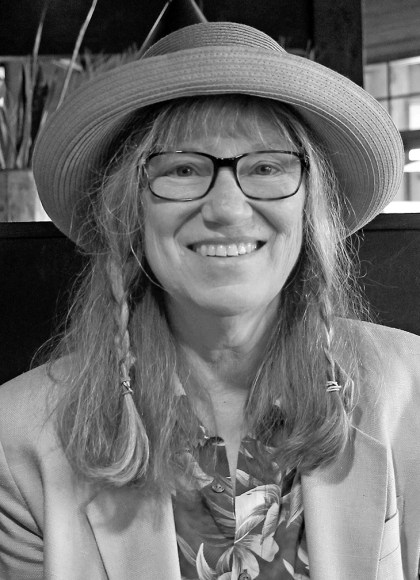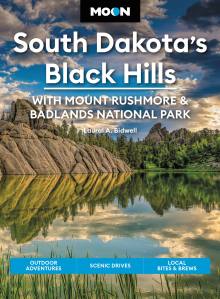Weather in the Black Hills of South Dakota
The Dakotas have the reputation for harsh winters with frequent blizzards and scorching summers, but weather in the Black Hills is much less dramatic. The hills are semiarid, and residents can expect to see an average of 275 days of sunshine per year. Rainfall is generally less than 17 inches per year, and annual snowfall hovers around 40 inches, most of which is deposited in the upper elevations.
There are regional climate differences in the hills, with temperatures a few degrees cooler and snowfall a few inches greater in the higher elevations of the Central and Northern Hills. The southern fringe of the hills, just south of Custer State Park, is frequently referred to as the “banana belt,” with weather generally milder than that of the Northern Hills. Open to the southern Chinook winds generated by the Rocky Mountains, and protected by the higher peaks to the north from the cold arctic winds heading south from Canada, Southern Hills weather is not unlike that of Denver, drier and warmer than the regions around it.
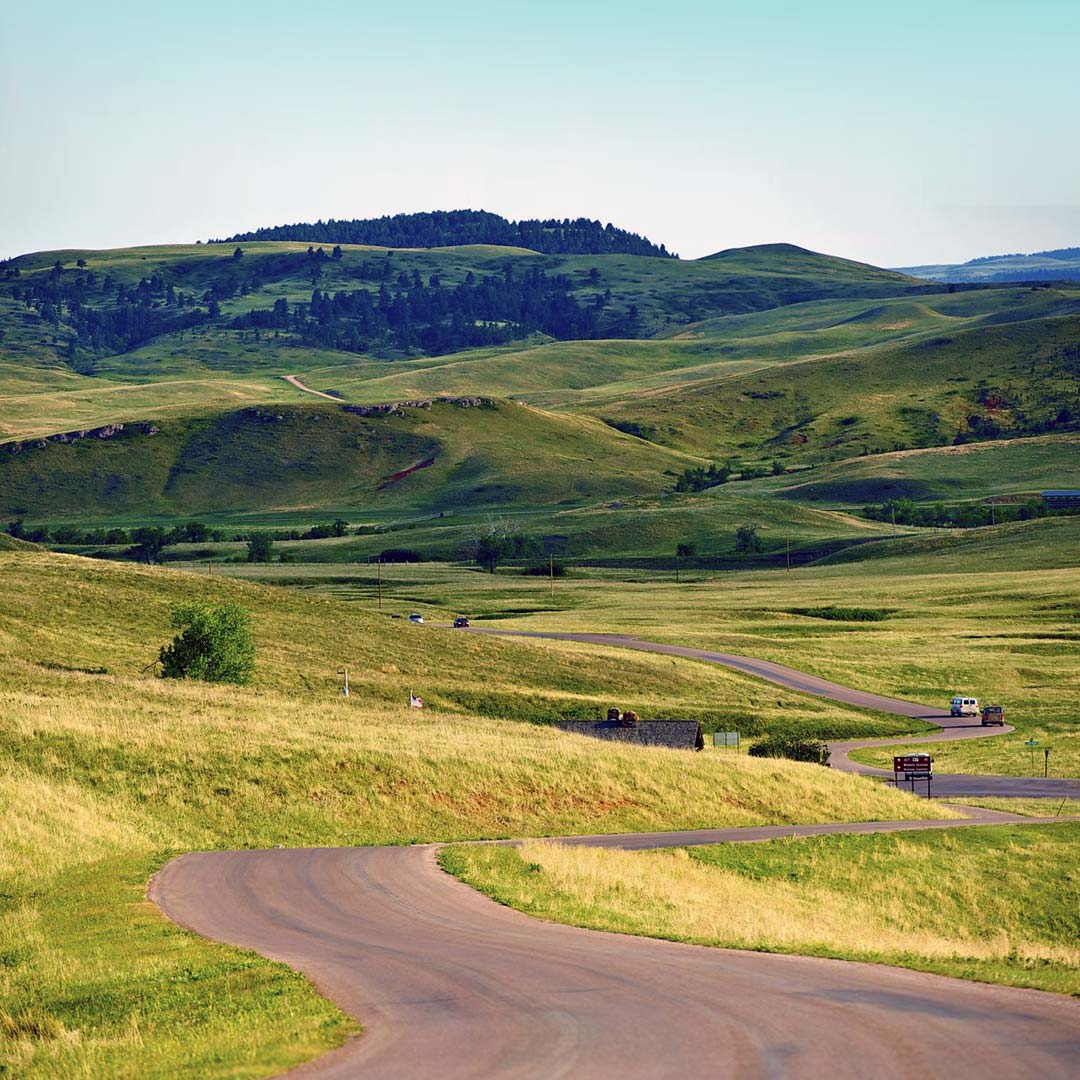
The major determinate of climate is latitude, modified by regional variations in topography, elevation, precipitation, and other factors. The Black Hills, roughly situated 43.4-44.5° latitude, share this position with sister cities Corvallis, Oregon; Jackson, Wyoming; Stowe, Vermont; Portland, Maine; and Nice, France.
The climate of the hills varies greatly month by month. January and February are the coldest months of the year. Daytime temperatures average in the 30s, and snowfall averages from five inches in the Rapid City area to 15 inches in the higher elevations. Nights can bring temperatures down to 10-20°F, though single-digit and subzero days can occur, particularly in the higher elevations. Frequent sunny days and Chinook winds from the Rocky Mountains, however, can result in temperatures climbing into the 50s and 60s.
March is the snowiest month of the year, and April is not far behind, but temperatures start to warm up (with average daytime temperatures hovering around 40°F in March and 50°F in April, and lows in the 20s and 30s, respectively).
Newsletter Signup
By clicking ‘Sign Up,’ I acknowledge that I have read and agree to Hachette Book Group’s Privacy Policy and Terms of Use
In May and June, precipitation changes to rain and then thundershowers, which generally arrive mid-afternoon, move quickly to the plains, and disappear by evening. Temperatures start to rise dramatically, with daytime highs averaging in the 60s in May and 70s by June. Nights remain chilly, still in the 30s and 40s in May, but nighttime lows climb in June to the 40s and 50s.
Summers are warm, dry, and sunny, with daytime temperatures reaching into the 70s and 80s and nights averaging in the 50s. Remember that these are averages, and actual temperatures on any given day can be significantly higher or lower than average. Pack those sweaters, but keep in mind that at elevations of 4,000-7,000 feet, the sun can be intense. Don’t forget the sunscreen and sunglasses, and don’t rule out bringing along a brimmed hat for sun protection.
September and October traditionally experience mild days, with temperatures in the 60s and 70s in September and the 50s and 60s in October. At night, temperatures drop to the 30s and 40s in September, and by October, you can subtract another 10°F from the low.
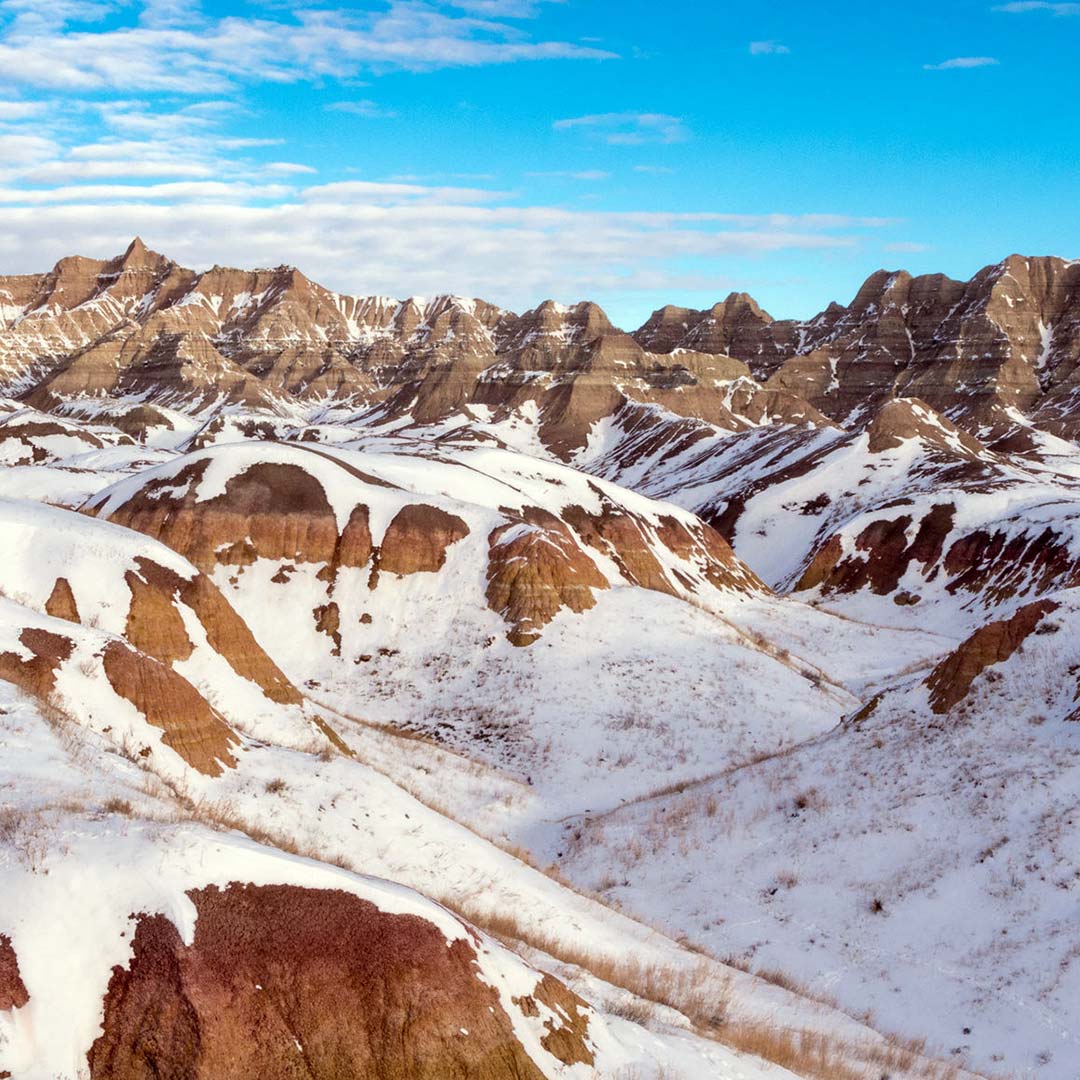
November and December mark the beginning of winter, with the number of mild versus cool days reversing. Daytime temperatures hover in the 30s, though milder days are frequent. Nights bring readings in the teens, with occasional arctic air from Canada bringing subzero temperatures. Sun and warmer temperatures always return quickly, though. Snowfall averages about five inches a month during this period, with early storms generating heavy, wet snows and later storms bringing light and drier snow. The short days of winter cut sharply into the available sunshine and, by the end of this period, everyone is looking forward to spring.
The Badlands, situated in the middle of the plains, have no protection, no shade, and no wind break. As a result, winters there can be very cold, with brisk winds and arctic cold weather arriving undiverted from the north. Summers are hotter than the neighboring region. At a lower elevation and, again, with little shade, temperatures are not infrequently at least 10 degrees higher than the hills to the west.
All of that being said, remember that the difference between climate and weather is a function of time. Climate is the result of years of studies of the averages and patterns of daily weather. Weather is short term. It’s what you confront when you wake up in the morning. Be prepared.
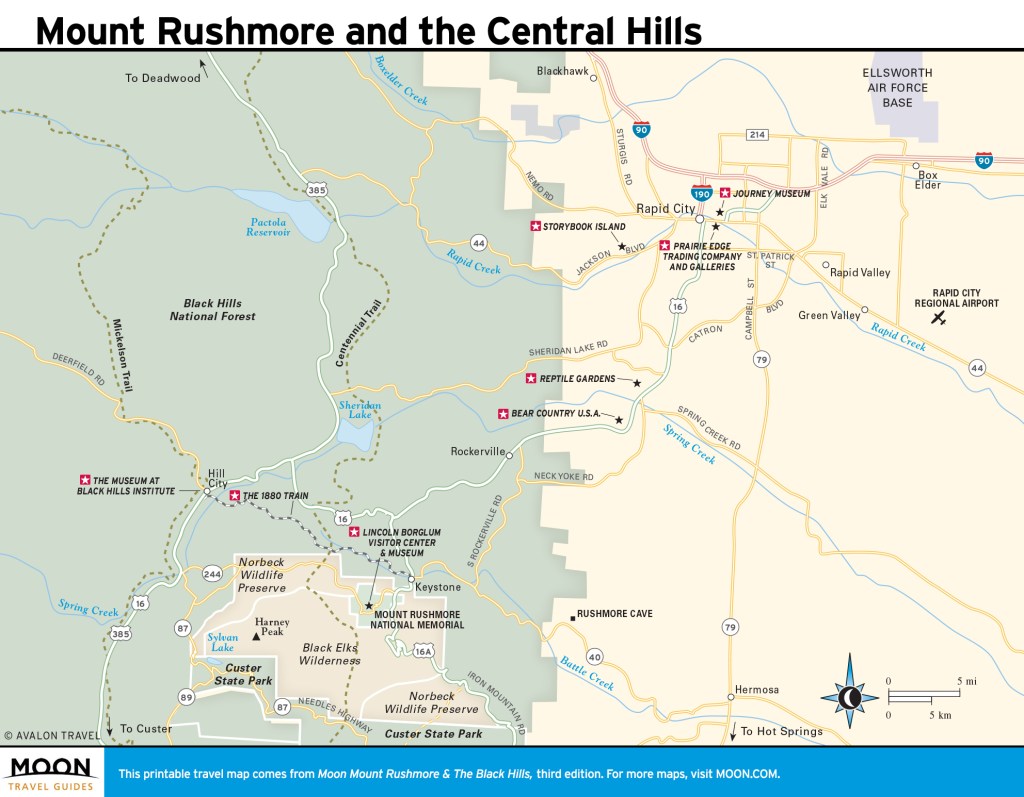
Newsletter Signup
By clicking ‘Sign Up,’ I acknowledge that I have read and agree to Hachette Book Group’s Privacy Policy and Terms of Use
Pin it for Later

